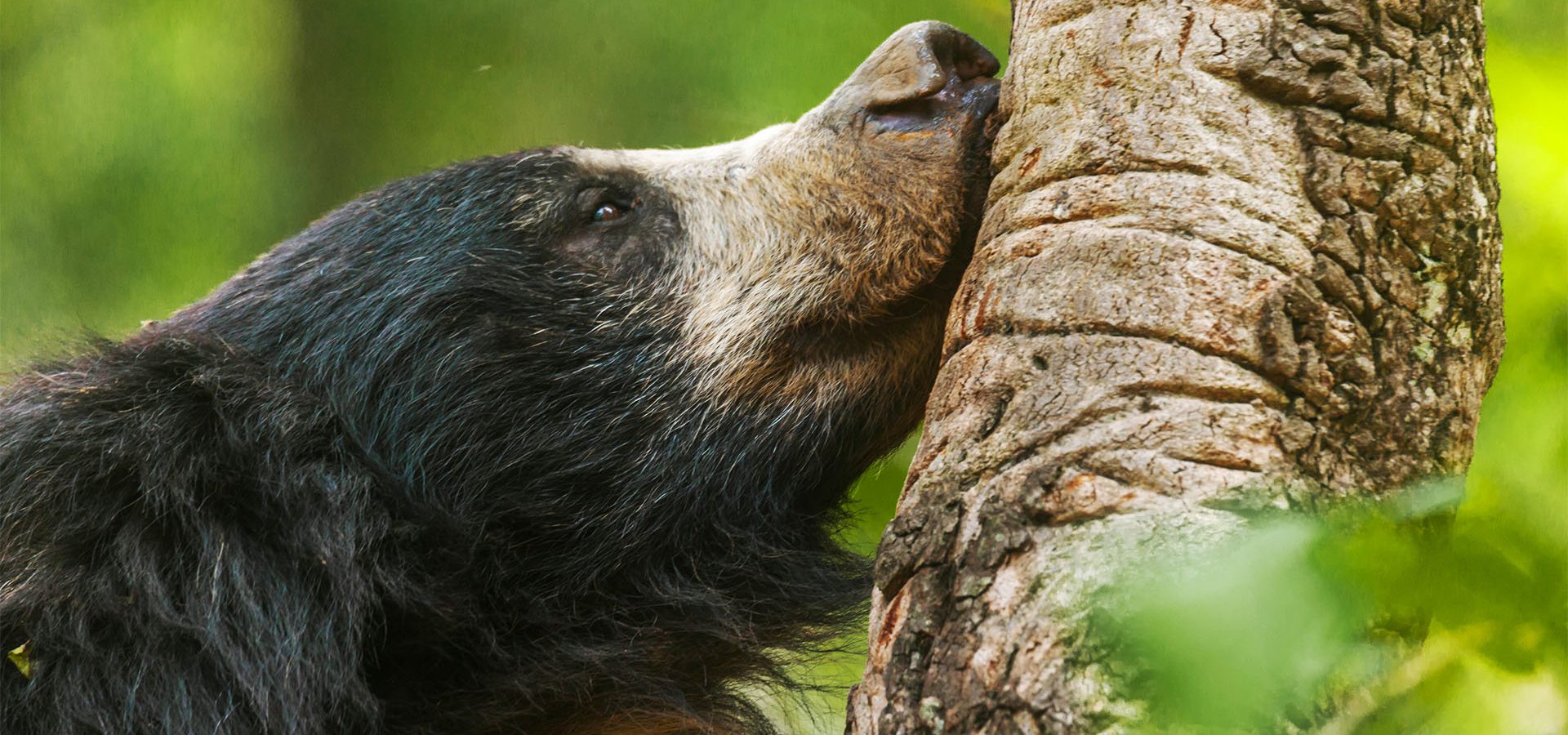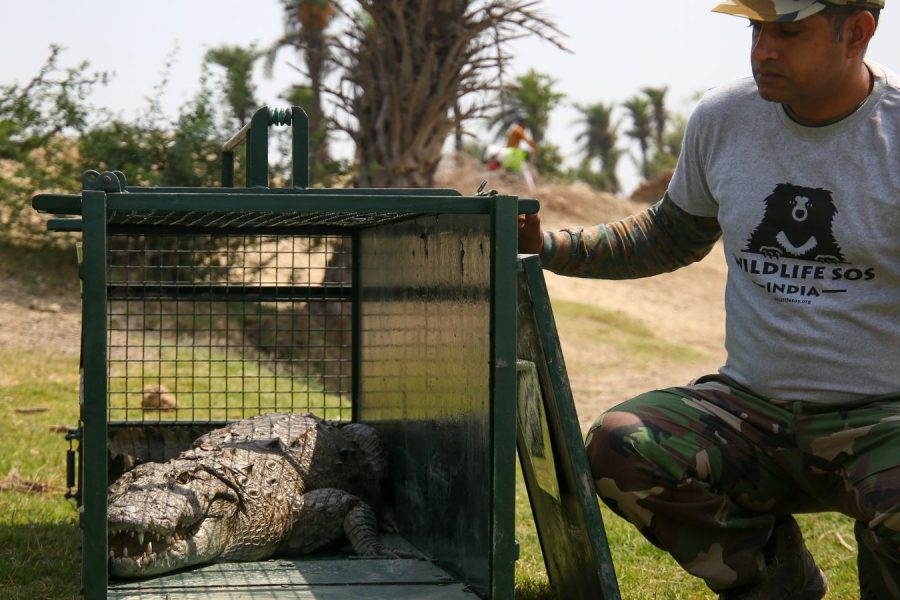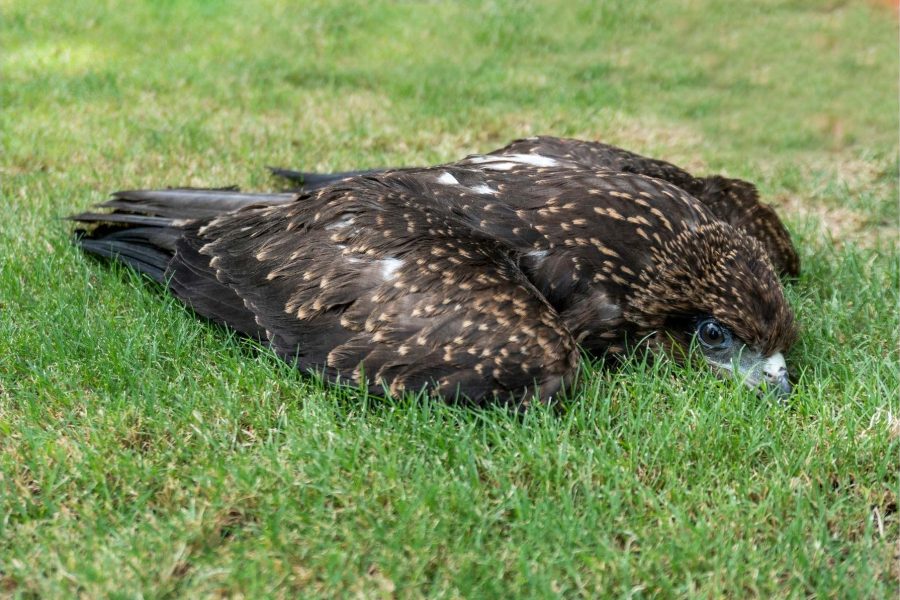Wild animals are expert predators and foragers, capable of finding sufficient food in the most efficient way. What’s interesting is that a common addition in the diets of several animal species across the world happens to comprise insects that are packed with rich nutrients!
While Arthropods like Insects are capable of making most people feel uncomfortable, they are undeniably the most successful animals on the planet. They have survived through millions of years of evolution, climate disasters, the ice age, shifting of tectonic plates, even nuclear wars, and have managed to persist through it all. We can find insects who have evolved and adapted to different environmental conditions, terrestrial, freshwater, oceans, rivers, underground, hot springs, and frozen below the polar ice caps of the world too.
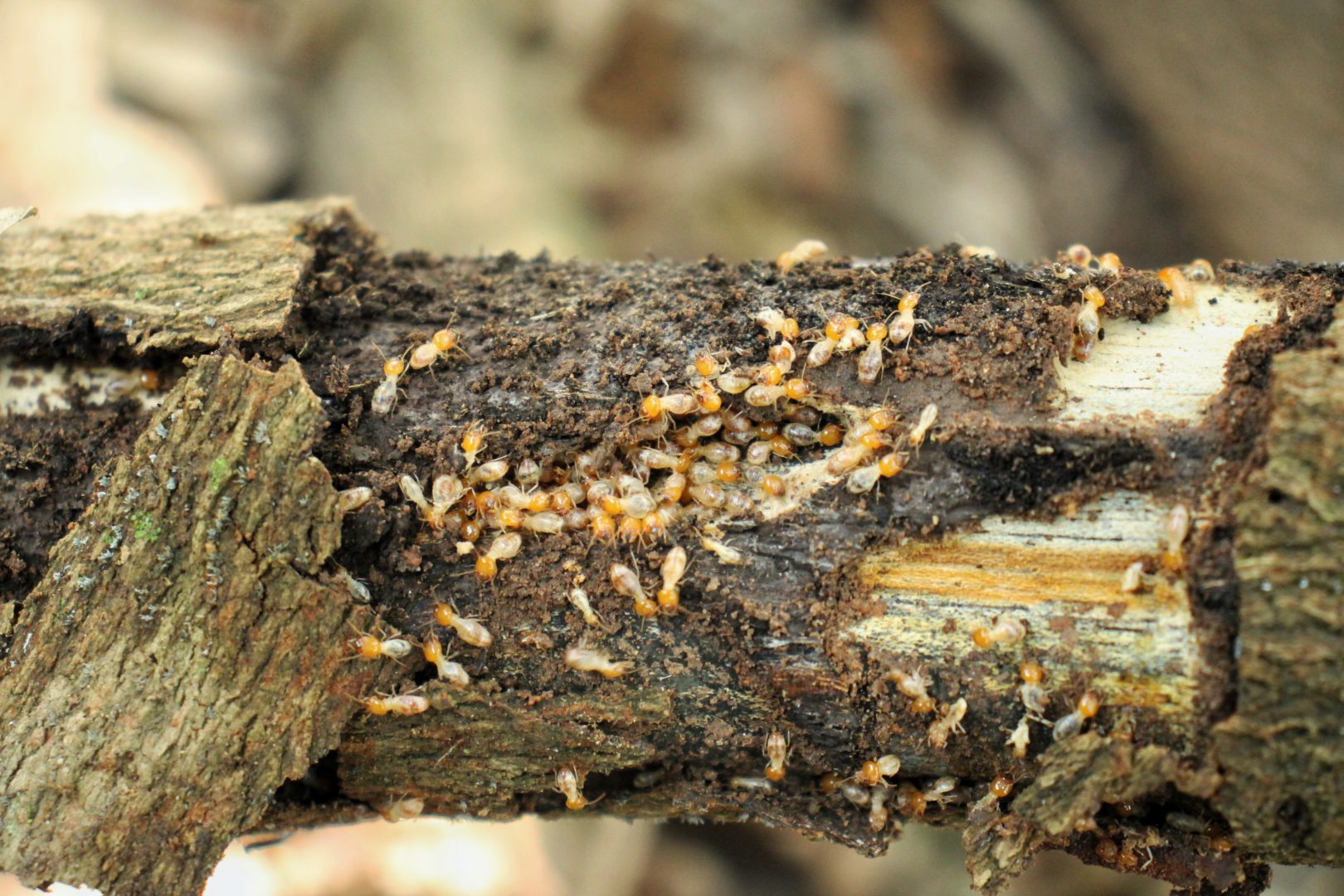
Insects play a major role in the ecological systems of the planet by acting as consumers, scavengers, pollinators, and decomposers. Their role in keeping the soil healthy, by retaining rainwater and the tilth is discussed scarcely. There are several more species being discovered as we read this article, and understanding the role they play as the planet’s most abundant and diverse animals has only begun less than 500 years ago, with possibilities that could lead to major breakthroughs.
Their abundance has also made them the ideal prey for a non-exhaustive list of animals such as mammals, amphibians, birds, arachnids, reptiles and other insects themselves. All of who are also skilled insect hunters, who have evolved with these insects, by developing different mechanisms like a sticky tongue, echolocation, suction, or even stealth. Although the size can be deceivable, insects are quite sought after because they are packed with protein (almost 43%) and are rich in calcium, omegas, and other nutrients, making them natural energy bars.
Entomophagy, which means the consumption of insects, has existed since the dawn of mankind, a very common delicacy in most cultures was often frowned upon after colonization, but, times are changing now. Insects are being used as valuable resources due to their large diverse populations in each continent, high reproductive potential (up to 500-plus eggs in a single batch), and relatively short life cycles (few weeks), which has equipped most insects with the genetic resources to adapt quickly in the face of changing environmental demands and conditions. Some commonly used insects which have an established market in today’s world are Honey bees, Silkworms, Beetles, mealworms, lac insects, etc. One of the revolutionary reasons the demand for insect production is on a climb is due to fewer emissions and the more nutritionally efficient advantage they provide.
Insect farming is a revolution that is still in its infancy whereby billions of insects are bred and used for a variety of purposes. One of which we are briefly going to talk about is the use of insects for added nutritional value in the diet of captive wild animals. Some commonly used insects which have an established market in the animal feed industry are Black Soldier Flies, Mealworms, Earthworms, Crickets, Roaches, Beetles, etc.
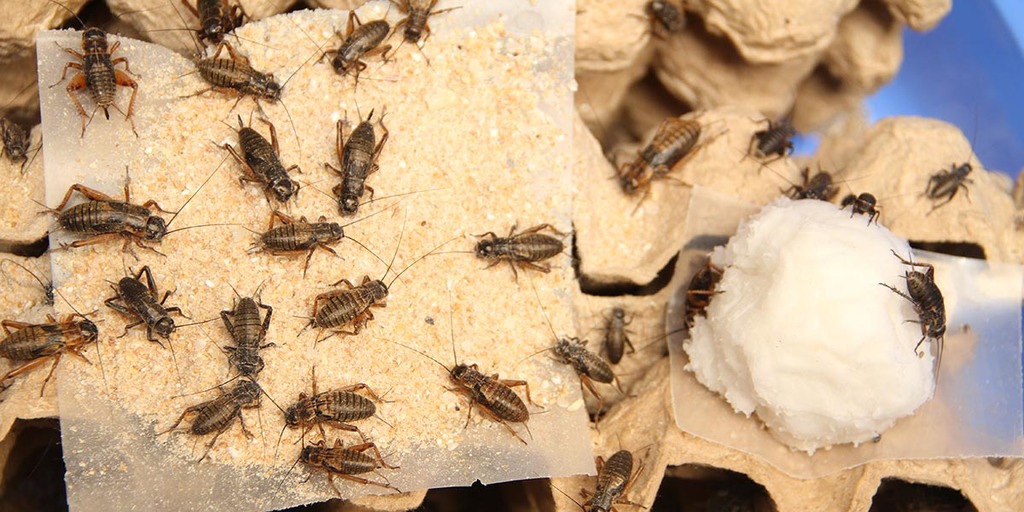
Animals in captivity are capable of lacking certain natural nutrients due to human intervention. In such cases, alternative protein additives namely, insects which can be mixed into animal feed translates to an inexpensive, clean and sustainable food source for them. The added benefit is efficiently converting a wide variety of organic materials given to the insects who turn this into rich manure, a high-quality fertilizer in a space-efficient setting.
Why this is increasingly vital to discuss is because a huge variety of animals can be supplemented with insect protein. Several animals depend on insects, urban wildlife such as bats, birds, primates for starters, to bigger animals like sloth bears, known to be massive insectivores.
It’s a Bug’s Life at the Bannerghatta Bear Rescue Centre
The Bannerghatta Bear Rescue Centre (BBRC) houses about 70 sloth bears in the midst of the Bannerghatta National Park. Sloth bears in the wild are known to be ferocious and voracious eaters with a strong sense of smell, and a snout especially designed for consuming insects. They are one of the only bear species in the world which are myrmecophagous, i.e, animals that are consume termites, ants.
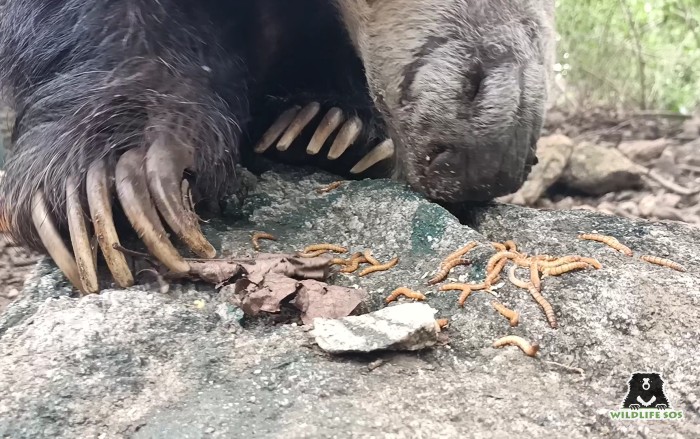
Keeping this in mind, the Mealworm breeding project was initially started 10 years ago at BBRC on a very small-scale basis. In the past 6 months, however, the project has been picked up again with enthusiasm! The dedicated staff at the rescue centre have been tending to 7 trays of mealworms, each containing approximately 500 individuals carefully. The mealworms are fed a mixture of wheat bran and oats to make sure they grow into healthy adults since they are capable of converting organic food to even valuable food for our sloth bears. During the lifecycle of the mealworm, measures are taken to make sure the temperature is right, there is ample food for the worms, and kept away from the reach of rodents, who also favour these insects. So far, we have introduced mealworms to a few bears with their regular diet of porridge, which has become an instant favourite! We are hopeful to increase production at the centre and plan on creating a bigger project with the addition of roaches and crickets for the bears.
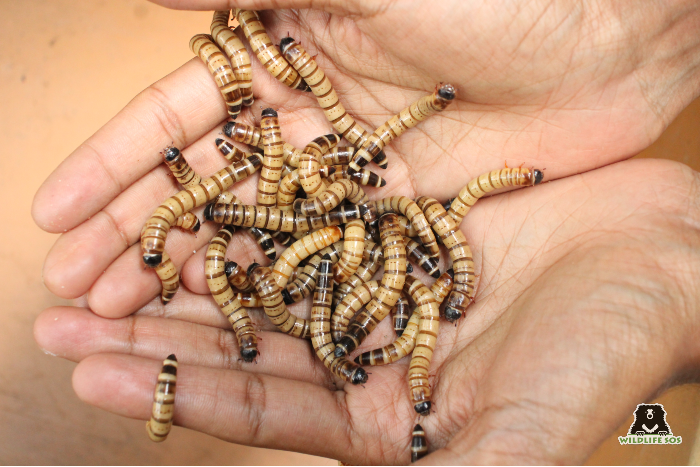
As we are hurtling down the path to extinction, finding ways to elevate the stressors on the planet is more and more important. Finding sustainable food practices to tend to captive wildlife is a positive step. Our rescued sloth bears are guaranteed a life of solace at our centres, to mimic their natural environment and diet is what we aim to achieve after several years of studying these bears. With the guidance from experts within our organisation and outside, becoming frontiers in sloth bear care is where our focus lies.

